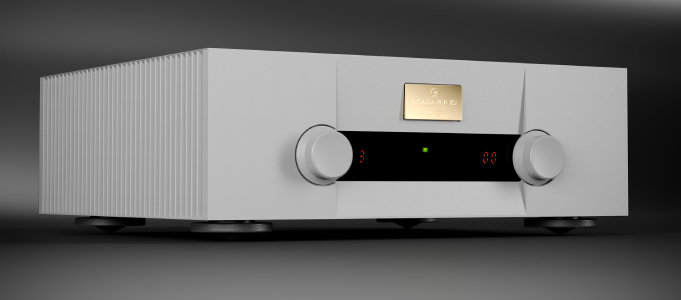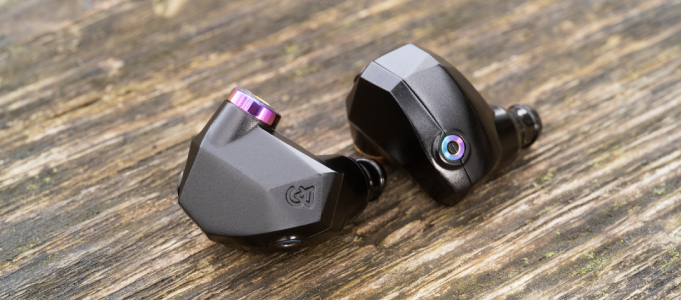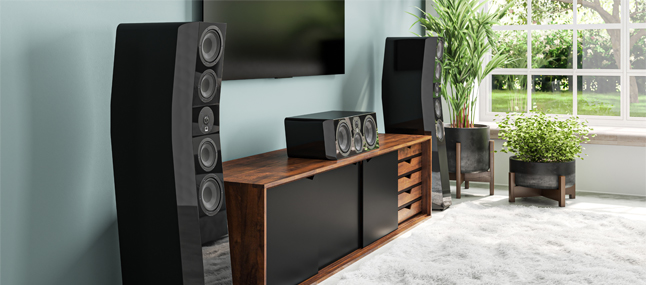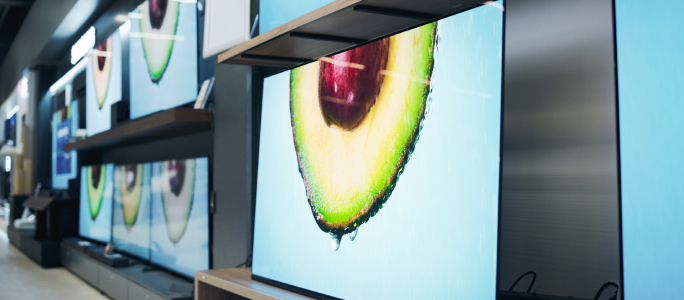Opinion: Vinyl’s Counter Revolution

Direct Drive turntables have suffered from an image problem since the 1970s - David Price wonders why…
The more things change, the more they stay the same – and hi-fi is living proof of this. The recent relaunch of Technics turntables has caused more than a few sneers of derision among some analogue addicts. I’m old enough to remember the British hi-fi scene of the late nineteen seventies, so for me, this is “déjà vu all over again” – to use that immortal phrase of former US President George W Bush.
At that time, a war of words was raging about whether belt drives were better than direct drives. We saw a range of so-called “British superdecks” like the Linn Sondek LP12, Ariston RD 11S, Dunlop Systemdek and STD 305M set against a swathe of new “Japanese battleships” including the Technics SP-10 II, Trio/Kenwood L-07D, Onkyo PX-100M, Marantz Tt 1000 and the Micro Seiki DQX-1000. The issue dominated the letters pages of the UK hi-fi press. Reviewers and readers alike divided up into two tribes, with most British journalists struggling to hide their distaste for the new-fangled flashy foreigners with their fancy quartz-locked servo motors and state-of-the-art measured performance.
The “British superdecks” were, of course, all essentially pretty similar in design and engineering, using straightforward, time-honoured solutions – plus my country’s great tradition of ingenuity – to deliver highly impressive sonic results. They invariably had wood plinths, with stainless and/or pressed steel for their chassis and top-plates. The electronics were rudimentary, and the same Philips/Airpax AC synchronous motor was shared between most of them. As they generally had an independently sprung subchassis, they were invariably a pig to set up.
The “Japanese battleships” were a breed apart, all using complex and expensive electronics and motors, along with exotic materials and lots of diecast aluminium alloy. Some had radical approaches to plinth design, such as the early use of constrained layer damping in the Marantz, with a massive sandwich of glass and aluminium for its plinth. Most plinths were very high mass, with various types of rubber compounds doing the isolation – or in the case of the Marantz, air damped feet.

Credit: rewindmuseum.com
The Brit hi-fi magazines were, in my view, unduly partisan in their handling of the subject. Journalists recommended the Sondek to practically anyone who wanted to buy a turntable, at practically any price. It was presented as having some sort of magical healing properties that could make any system sound good. One wag even suggested in the letters pages of a UK hi-fi mag in 1979 that its reviewers would recommend a Linn plugged into a radio/cassette player – if they could get away with it…
Yet the Japanese decks – which were far more sophisticated yet easier to use – got a strangely lukewarm reception. Firstly, only relatively few of these top turntables were ever actually reviewed in the UK – and when this did happen, they were praised for their performance in a rather grudging way. It was almost as if some reviewers seemed embarrassed to recommend them, whereas those same people would wax lyrical about the joys of the LP12 and its ilk. To yours truly, a hi-fi and technology-obsessed teenager, this seemed odd.
In later life, I have been lucky enough to own many of these turntables – British and Japanese – and remain quite shocked by how good the latter are. I wasn’t in the least bit surprised by the quality of the Linn, for example, because I had read endless reviews over the years extolling its virtues. Yet I wasn’t prepared for the sublime sound that, for example, the Marantz Tt 1000 was capable of. With hindsight, I fear those Japanese battleships suffered from a strange form of snobbery on the part of the UK press.
It was reviewing the Technics SL-1200G recently that brought this all back to me. Its predecessors were one step down from the aforementioned “battleships” but still encountered the same sniffiness from audiophiles. Even though the old SL-1200 mk2 measured superbly, was brilliantly built and riotously good fun to listen to, it was still widely derided in the UK, back in the day. And as soon as it was adopted by the world’s DJ community in the nineteen-eighties, tribal audiophiles really ramped up the condescension.

Anyone who owned an original SL-1200 – and/or modified it – knows that it’s an excellent vinyl spinner at a bafflingly low price. In the new G version, Technics has kindly done the modifications that the deck always needed, and the result is dynamite. Now as then, however, any audiophile who buys one will surely have to be prepared for plenty of not-terribly-well-informed remarks from hi-fi pub bores and know-it-alls. Some things never change – but given how good it sounds, this is a small price to pay.
David Price
David started his career in 1993 writing for Hi-Fi World and went on to edit the magazine for nearly a decade. He was then made Editor of Hi-Fi Choice and continued to freelance for it and Hi-Fi News until becoming StereoNET’s Editor-in-Chief.
Tags: vinyl
JOIN IN THE DISCUSSION
Want to share your opinion or get advice from other enthusiasts? Then head into the Message Forums where thousands of other enthusiasts are communicating on a daily basis.
CLICK HERE FOR FREE MEMBERSHIP






